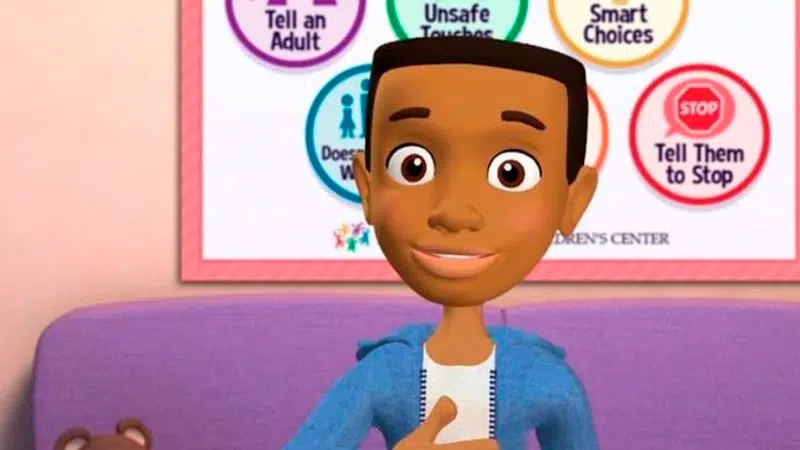
Animated videos: Boy Scouts’ new tactic to fight sex abuse
NEW YORK — Under financial pressure from sex-abuse litigation, the Boy Scouts of America are seeking to bolster their abuse-prevention efforts with a new awareness program featuring cartoon-style videos that will be provided to more than 1.2 million Cub Scouts across the nation.
Targeted at children from kindergarten to sixth grade, the series of six videos aims to teach children how to recognize potentially abusive behaviour and what to do if confronted by it.
The initiative, being announced Thursday, comes as the Boy Scouts face a potentially huge wave of abuse-related lawsuits after several states enacted laws this year making it easier for victims of long-ago abuse to file claims. The Boy Scouts acknowledge that the litigation poses a financial threat and have not ruled out seeking bankruptcy protection.
The bulk of the newly surfacing abuse cases date to the 1960s, ’70s and ’80s; the BSA says there were only five known abuse victims in 2018 out of 2.2 million youth members. The BSA credits the change to an array of prevention policies adopted since the mid-1980s, including mandatory criminal background checks and abuse-prevention training for all staff and volunteers, and a rule that two or more adult leaders be present with youth at all times during scouting activities.

